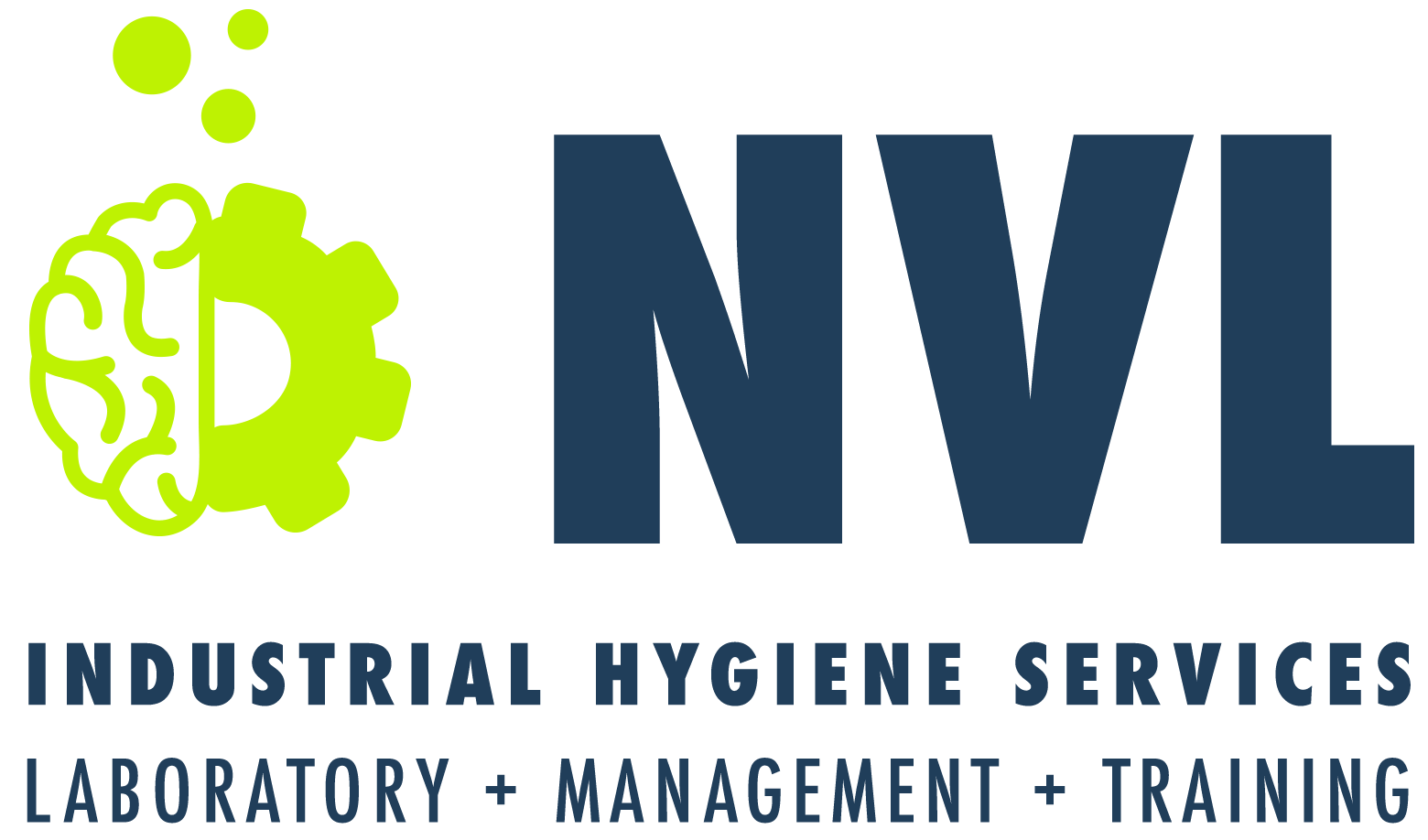Formaldehyde
Formaldehyde is an important industrial chemical that is used to make other chemicals, building materials and household products. It is one of the volatile organic compounds “VOCs”; which means that it gets easily vaporized and thus released into the air as a pungent gas. Since it is a good preservative and makes an excellent adhesive; therefore it is used widely in the building and furnishings industries. Formaldehyde is a colorless gas with a strong odor. When present in the air at levels above 0.1 ppm, it acts as a strong irritant that cause burning sensations in the eyes, nose and throat. Wheezing and coughing, fatigue, skin rashes, headaches, loss of coordination and nausea are other symptom. It can also cause asthma attacks and damage to the liver, kidneys and the central nervous system.

Pressed wood products, such as particleboard, are the major source of Formaldehyde in homes. Other sources include interior plywood, veneered or laminated furniture & cabinets, some professionally applied furniture and floor finishes, paneling, permanent press fabrics, coated paper products, combustion products (cigarettes and automobile exhaust, certain insulation materials, urea-formaldehyde foam and fiberglass insulation) and cosmetics. Formaldehyde is usually present at low levels, usually less than 30 ppb of air in both outdoors and indoors.
Symptoms usually begin to appear at levels above 100 ppb. As the temperature rises, more Formaldehyde is emitted from the product. Humidity also effects the release of Formaldehyde, as humidity rises more formaldehyde is released.
Regulations
1985 HUD regulation covering the use of pressed wood products in manufactured housing was designed to ensure that indoor levels are below 400 ppb or 0.4 ppm.
OSHA- 1910.1048 (C) (1) Permissible Exposure Limit (PEL) – TWA: The employer shall assure that no employee is exposed to an airborne concentration of formaldehyde which exceeds 0.75 parts formaldehyde per million parts of air (0.75 ppm) as an 8-hour TWA.
1910.1048(c)(2) – Short Term Exposure Limit (STEL): The employer shall assure that no employee is exposed to an airborne concentration of formaldehyde which exceeds two parts formaldehyde per million parts of air (2 ppm) as a 15-minute STEL.
US Environmental Protection Agency (US EPA), Occupational Safety & Health Administration (OSHA), NESHAP and Local Clean Air Agencies require that prior to any renovation/demolition/maintenance activities, all building materials must be identified for any presence of asbestos containing materials
Our Lab Services
-
Formaldehyde Testing (NIOSH 3500)


